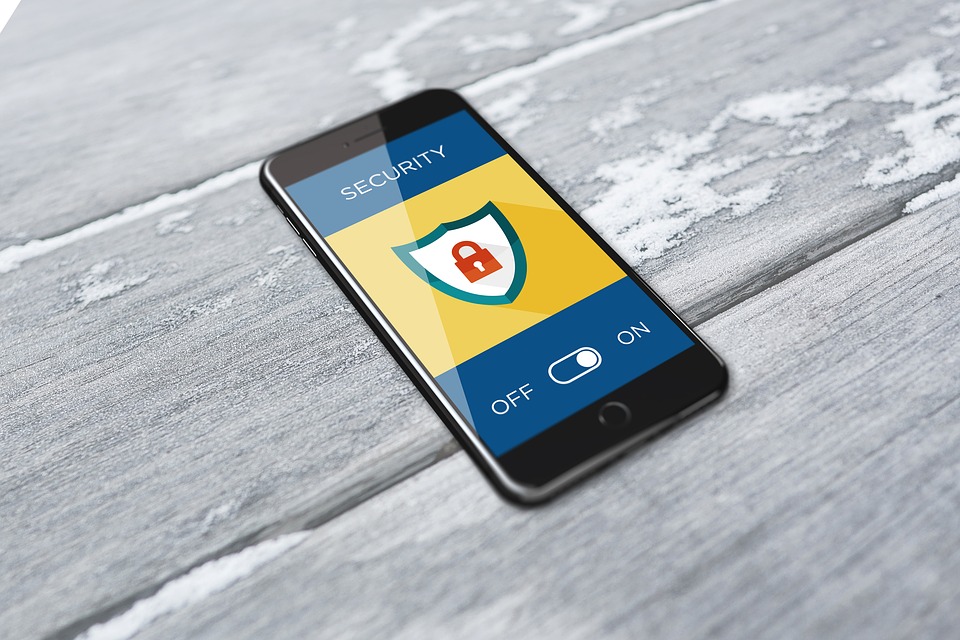With increasing users on smartphones devices, they are more prone to cyber-threats than ever. To deal with this your device manufacturer offers certain security features (that you should follow) to keep security threats away. In this article, we’ll discuss 10 tips to secure android phone from hackers.
10 Tips to secure Android phone from Hackers
1. Update Software
Each software developer keeps on releasing updates & upgrades for their software to offer you certain bug fixes, security patches, and other useful features. These updates will improve your device performance while keeping its security & privacy intact. To update software on your device, you should keep a tab on update notifications you receive at regular intervals. To check for updates manually, go to Settings > About Phone > Software Update.
2. Update Apps
In addition to software update, you should also consider updating all installed apps on your device for improved performance and security. You can find updates for all apps installed from the Google Play Store within it. For other apps, visit their individual websites. To look for updates manually on Google Play Store, go to it and select My Apps & Games > Updates.
3. Use Built-in Security Features
Your device offers certain built-in security features like screen locking, data encryption, restricting installing apps from unknown sources etc. Here, you should tweak these settings as per your requirements to tighten security on your Android device. Further, we suggest you use a strong password with combination of letters, numbers & special characters to keep your device data safe.
4. Use Security Apps
In addition to built-in security features, you can also install reliable Android security apps on your Android device to keep it safe from all known and unknown security & privacy threats. Here, these smart apps work on advanced algorithms to offer 24/7 security to your device. These security apps offer features like malware protection, app lock, device lock, junk clean, track location and much more to offer complete security.
5. Keep tab on App Permissions
When you download any app, it usually asks for certain permissions to be granted to run smoothly. Though these permissions are crucial for any app to offer you improved performance but not all permissions are required with many apps. Here, you need to keep tab on such security & privacy permissions that are not necessary for the app to run normally. For example, alarm app should not be granted permission to access your contacts or text messages.
6. Install from Reliable Sources
As a first priority, while downloading any app on your device, you should prefer downloading it from Google Play Store. Here, Google ascertains all security measures are followed by the app developer before it allows him to offer his app on Google Play Store. To avoid downloading from unreliable or suspicious sources, you can disable feature called “Unknown Sources” in device Settings that restrict downloading from all unknown sources.
7. Backup Data
Use this to effectively keep your data security intact. You can take your data backup on safe external drives or on cloud servers. While choosing cloud server option you should check if it offers encrypted services or not. Encryption-based cloud services allow your data to move in an encrypted manner for improved security. Further, keeping data on cloud servers is also useful to access and restore data from anywhere and anytime.
8. Enable Find My Device Feature
Android offers built-in security feature called “Find My Device” to help you lock or erase data in case you lost device. To enable this feature, go to Settings > Security > Device Administrators > Find My Device. This is useful feature especially when you don’t have other means to secure your data from possible exploitation of the criminals.
9. Avoid Suspicious Links
Using malicious links in emails is most practiced malware trick to spread malware threat globally. Cybercriminals masquerade original websites to their malicious links and try to ditch users with other tricks to force them clicking on suspicious links. Thus, you should avoid clicking on suspicious or unknown links to avoid malware threat.
10. Avoid Open Network
If free Wi-Fi excites you then you are at greater risk of malware threat or other cyber attacks. It’s absolutely easy to break security on free Wi-Fi network with a small piece of malicious code to cause data loss. Thus, you should always prefer encrypted and password protected network for better security.
Conclusion
As a first measure to protect your Android device from cyber threats it is always advisable to use available security features that come built-in on your device. Further, you can follow many other useful steps to tighten security on your Android device. Here, we have discussed some of these useful steps to help you deal with security threats.
About the Author
Apoorv Bhatnagar is working at Systweak Software, as an SEO analyst and technical Content Writer. His potential of writing is PC tips, Android and Mac tricks and he is anxious in writing other technical blogs. You can also find Apoorv on Facebook and LinkedIn.

